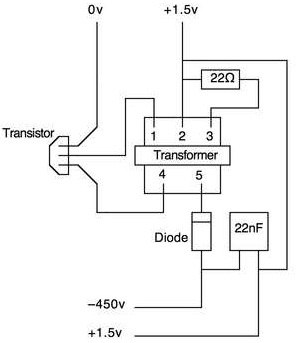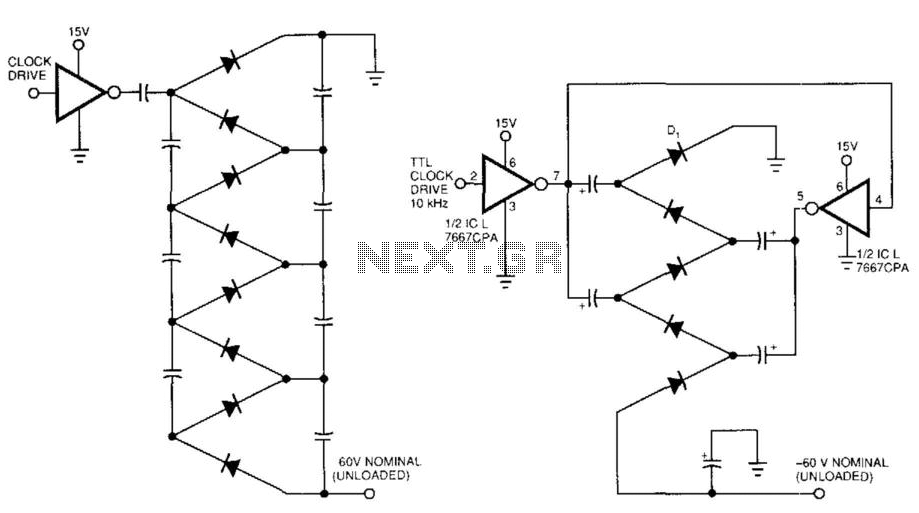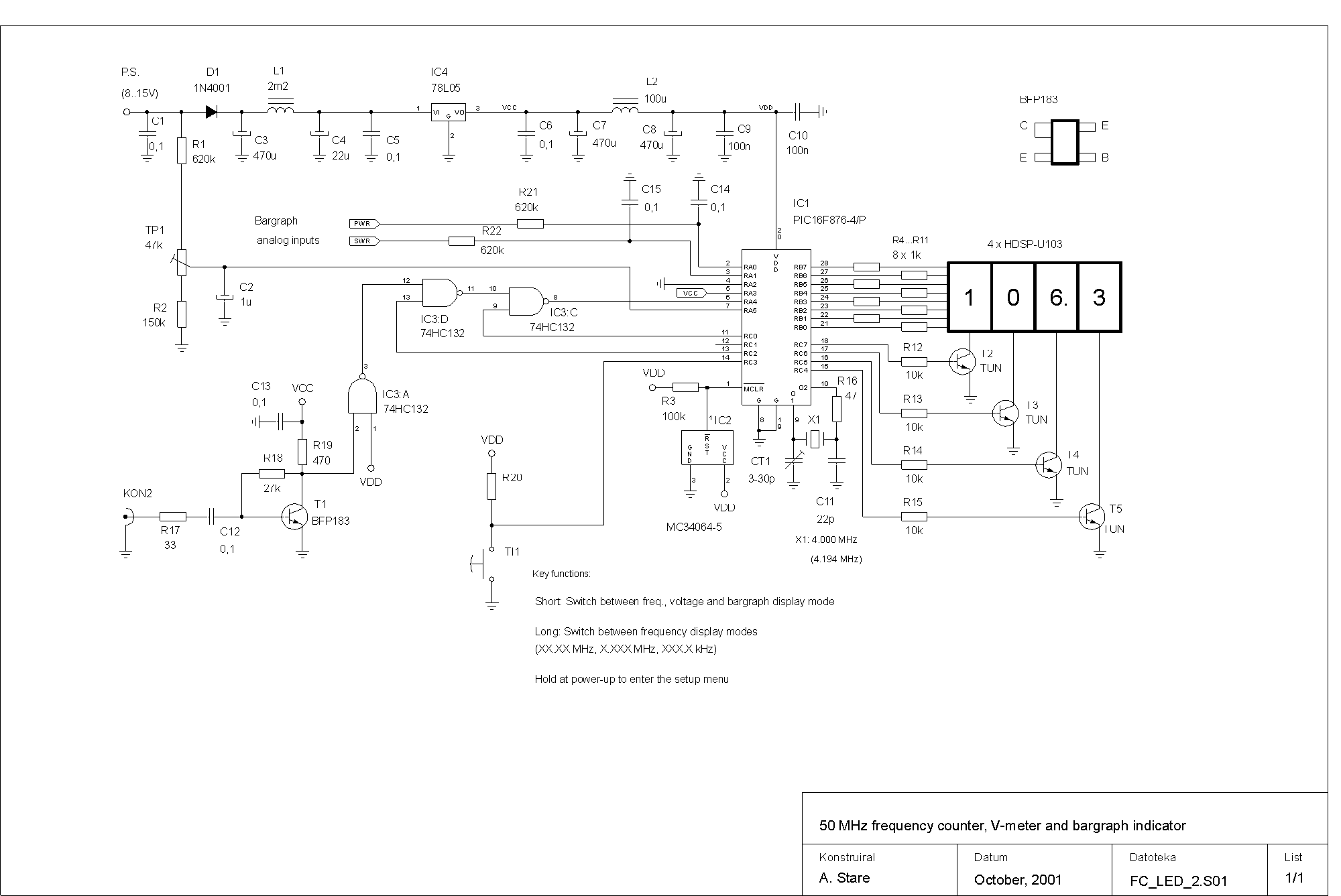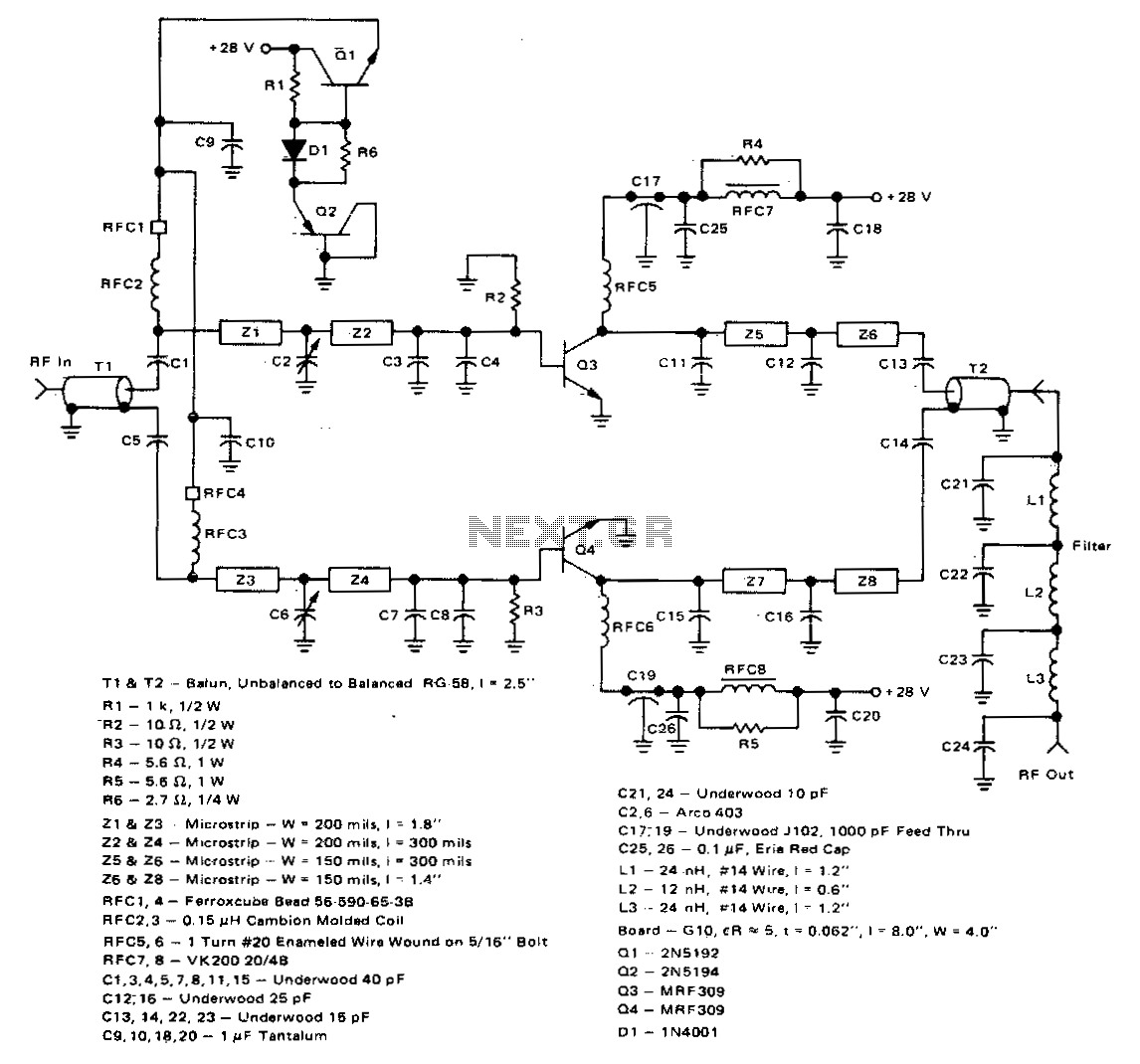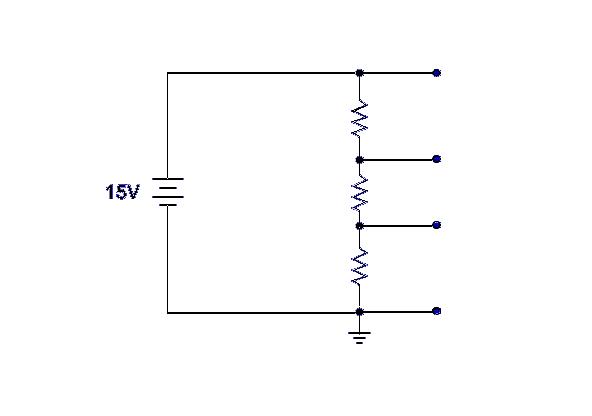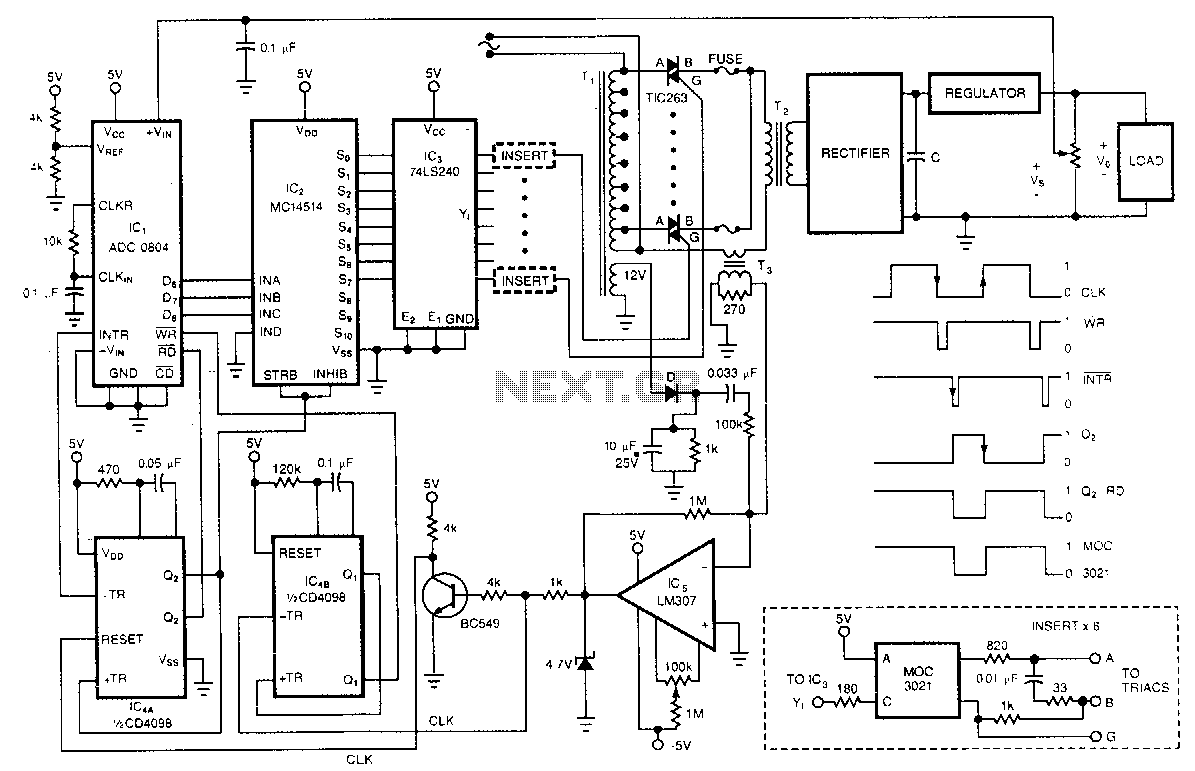
Increasing Output Voltage of a Fixed Linear Regulator
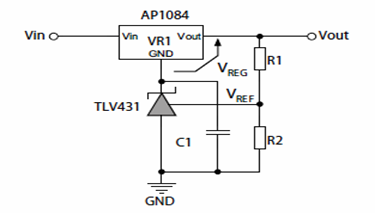
The following schematic illustrates the method for increasing the output voltage of a fixed linear regulator circuit using 3-terminal shunt regulators or references. These 3-terminal shunt regulators enhance the functionality of medium accuracy linear regulators, transforming them into precision voltage regulators.
The schematic in question employs a fixed linear regulator, which typically provides a stable output voltage but may lack the precision required for sensitive applications. By integrating a 3-terminal shunt regulator, the overall voltage regulation can be improved significantly. The 3-terminal shunt regulator operates by shunting excess current away from the load, thus maintaining a constant output voltage despite variations in input voltage or load conditions.
In the configuration, the fixed linear regulator is connected to the input voltage source, and its output is fed into the input of the 3-terminal shunt regulator. The shunt regulator is designed to maintain a specific output voltage by adjusting its shunt current in response to changes in load or input voltage. This feedback mechanism allows for precise voltage regulation, making it particularly suitable for applications requiring tight voltage tolerances.
The output of the shunt regulator can be set to a desired voltage level by selecting appropriate resistor values in the feedback network. This flexibility allows for customization of the output voltage to meet specific circuit requirements. The inclusion of bypass capacitors at the output of the shunt regulator is also recommended to filter out any high-frequency noise, thereby ensuring a clean and stable output voltage.
Overall, this schematic demonstrates an effective approach to enhancing the performance of a fixed linear regulator, providing a reliable solution for applications where precision voltage regulation is critical.The following schematic shows how to Increase Output Voltage of a Fixed Linear Regulator Circuit Diagram using 3-terminal shunt regulators or references. The 3-terminal shunt regulators provide their precision function to turn the medium accuracy linear regulators into precision ones
🔗 External reference
The schematic in question employs a fixed linear regulator, which typically provides a stable output voltage but may lack the precision required for sensitive applications. By integrating a 3-terminal shunt regulator, the overall voltage regulation can be improved significantly. The 3-terminal shunt regulator operates by shunting excess current away from the load, thus maintaining a constant output voltage despite variations in input voltage or load conditions.
In the configuration, the fixed linear regulator is connected to the input voltage source, and its output is fed into the input of the 3-terminal shunt regulator. The shunt regulator is designed to maintain a specific output voltage by adjusting its shunt current in response to changes in load or input voltage. This feedback mechanism allows for precise voltage regulation, making it particularly suitable for applications requiring tight voltage tolerances.
The output of the shunt regulator can be set to a desired voltage level by selecting appropriate resistor values in the feedback network. This flexibility allows for customization of the output voltage to meet specific circuit requirements. The inclusion of bypass capacitors at the output of the shunt regulator is also recommended to filter out any high-frequency noise, thereby ensuring a clean and stable output voltage.
Overall, this schematic demonstrates an effective approach to enhancing the performance of a fixed linear regulator, providing a reliable solution for applications where precision voltage regulation is critical.The following schematic shows how to Increase Output Voltage of a Fixed Linear Regulator Circuit Diagram using 3-terminal shunt regulators or references. The 3-terminal shunt regulators provide their precision function to turn the medium accuracy linear regulators into precision ones
🔗 External reference
